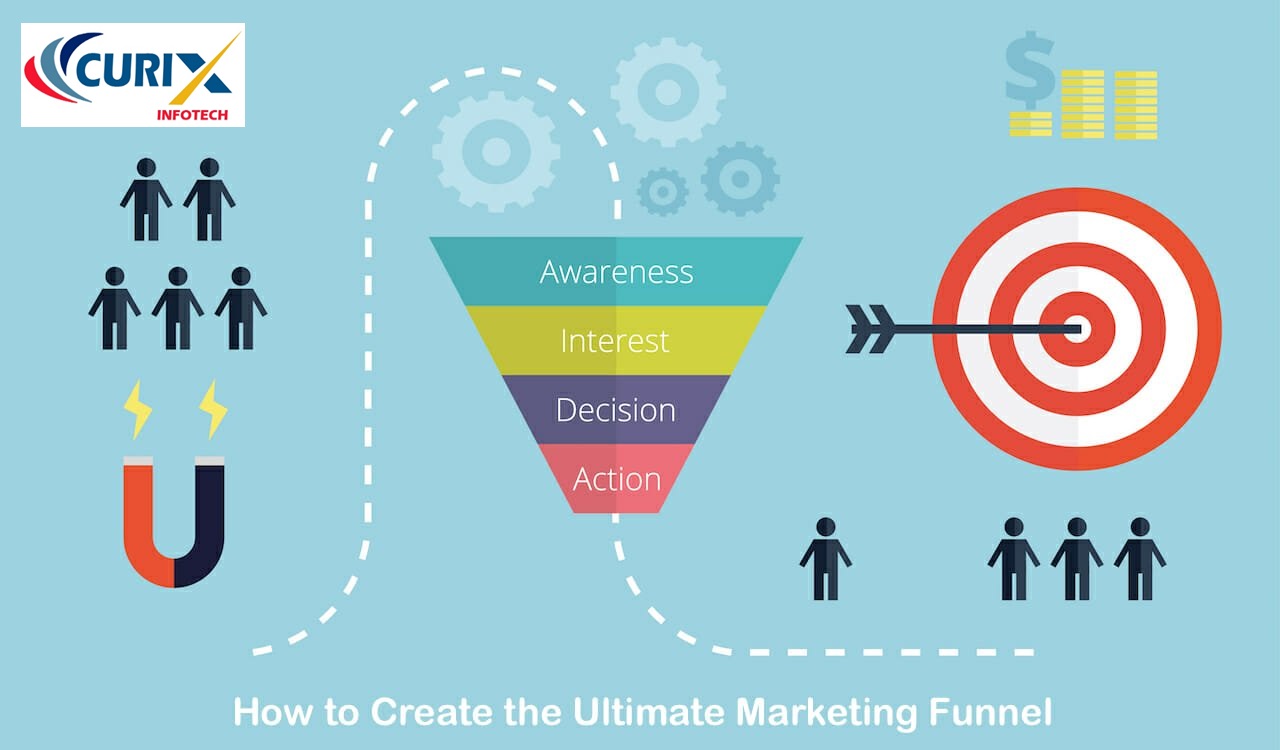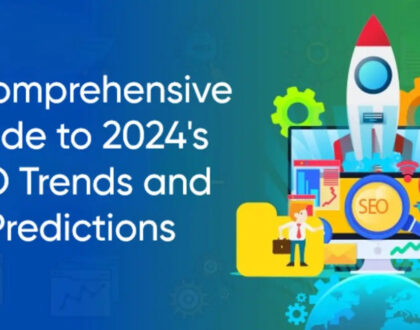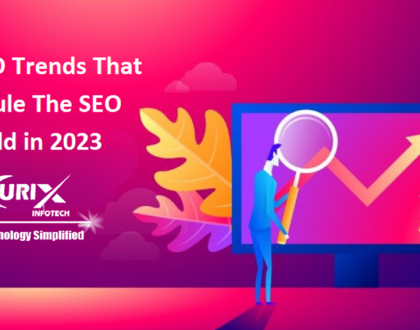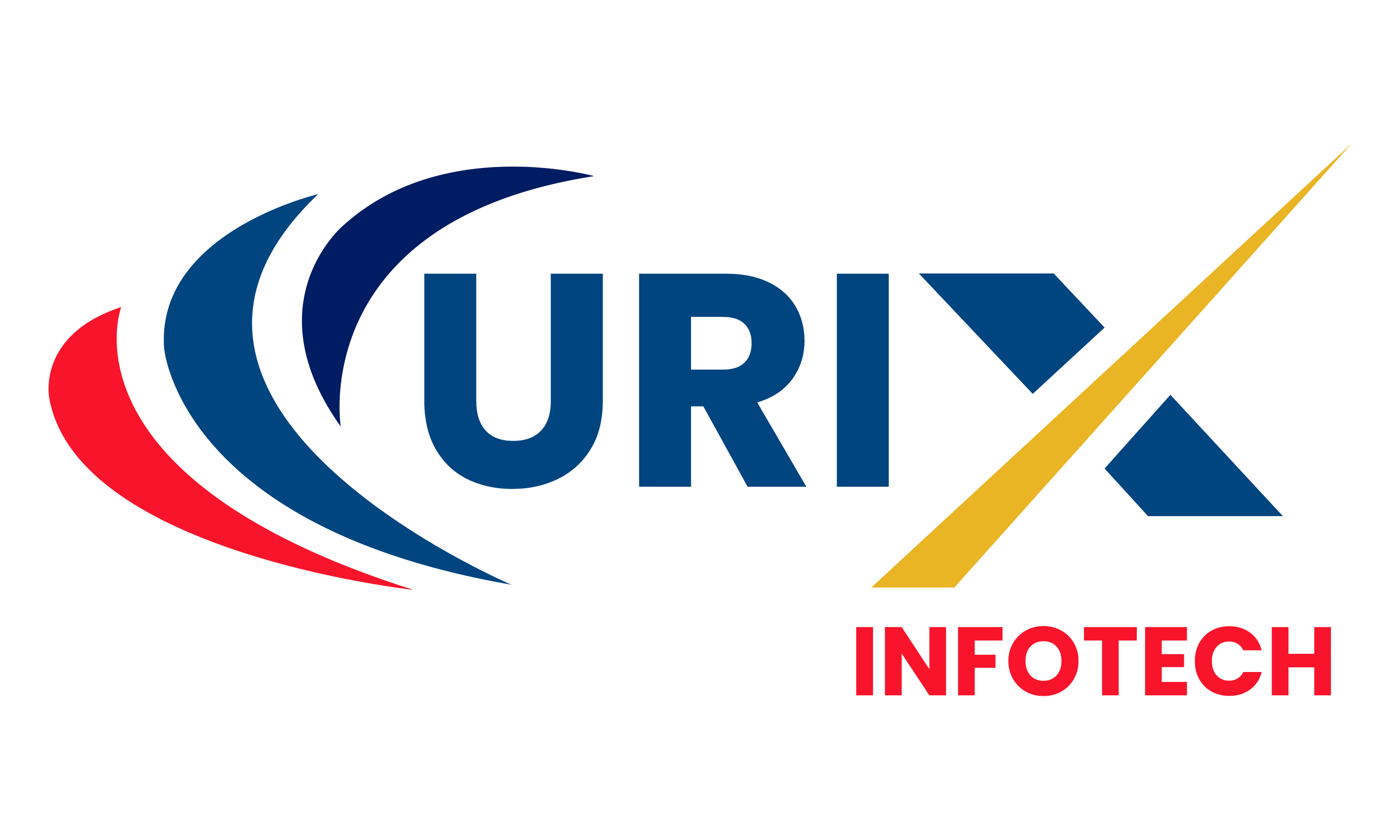How To Build An Effective Content Marketing Funnel

by admin
Modern consumers are not just tech savvy, they are way more connected than ever before. With a single device, they can find the products they need, check reviews, compare prices and even share their purchases with each other. They could be standing in a physical store and purchase the product they want online from the brand’s very competitor.
Being this digitally-abled has certainly empowered consumers and enabled better shopping experiences. However, it has also created an opportunity for businesses to engage and interact with customers purposefully as well as potential customers with a touch of personalization.
Whether you are a retailer, a brand or a business looking to reach out to your target audience, it’s worth getting to learn about the 3 main content marketing funnels and how distinctive communication can guide potential customers towards conversion. Here’s a detailed breakdown of everything you should know.
What Is A Content Marketing Funnel?
A content marketing funnel is a communication system that will take your audience (also known as leads) through a flow of personalized content pieces with the purpose of converting them into actual consumers who will pay for the products or services you offer. This funnel may be known by various names, most common being ‘The Customer’s Journey’ or ‘The Buyer’s Journey’.
This journey consists of three main funnels, each of which describes the three stages that consumers go through before making a purchase. The communication or content they receive within a particular funnel will therefore be customized according to the stage they are currently in.
At the top of the content marketing funnel lies a large number of people (leads) that are yet to be made aware of the products or services you offer. This group of people can be considered potential buyers. As this group of people moves further through the funnel and reaches the narrow neck, many people can be expected to drop off.
Finally, you are left with a small number of potential buyers who will move through the narrow bottom of the funnel to become an actual customer.
The Three Stages Of A Content Marketing Funnel
An effective content marketing funnel includes three stages – ToFU (Awareness), MoFU (Consideration) and BoFU (Decision).
- ToFU (Awareness) – When a person first becomes aware of your brand, product or service.
- MoFU (Consideration) – When a potential buyer is interested, learns more or even compares it to other products or services in the market.
- BoFU (Decision) – When the buyer collects the final pieces of information about your product or service to make a purchase.


Let’s delve into each content marketing funnel for a thorough understanding on how to convert leads into customer
ToFU – Top Of The Funnel
The top of the funnel is the first stage and the starting point in a consumer’s journey. At this stage, the consumer wants to make a purchase, however, he/she may have never even heard of your brand, product or service.
It is very important to therefore capture the consumer’s attention, offer valuable answers to their queries and carefully introduce them to your brand. The content for this stage should be able to provide information or answer questions without asking for anything in return. So in short, brand awareness is the key focus at this stage.
What is the goal at this stage in the funnel?
Traffic
What is the solution to the goal?
Educational content that attracts consumers and adds value by teaching, solving queries or providing information about a problem they might be facing.
What are the most effective types of content to generate traffic?
At this stage, your content should be based around checklists, infographics, ‘how-to’ guides, white papers, video tutorials, a landing page and social media.
MoFU – Middle Of The Funnel
At the second stage in the content marketing funnel, you will have lost many potential consumers. However, the ones that do stick around are a lot more willing to interact with your brand. Here the consumers have been introduced to your brand and have received some form of free education on the product or service you are offering.
Therefore, at this stage it is imperative for you to provide content that will encourage and convert them into an actual customer. Most times, this involves enticing consumers with an offer in order to gain permission to contact them, and thus form a relationship with them.
What is the goal at this stage in the funnel?
Leads
What is the solution to the goal?
Product-oriented content that engages consumers and provides information on how your product or service can solve a problem that they might be facing.
What are the most effective types of content to fetch leads?
At this stage, your content should be based around product overviews, case studies, a landing page and email marketing.
BoFU – Bottom Of The Funnel
The BoFU stage is the narrow end of the funnel, where you must convince your leads to buy your product or service. At the final stage, the consumer has learned about your brand and they have received free information that has been relevant and useful to them. Therefore, now it is time to present them with a delightful offer that will transition them from a lead into an actual customer that pays.
It is important to provide content that will help position your brand in a better light than your competitors to encourage potential customers to trust your brand and make a definitive purchase. The content at this stage needs to answer very precise questions about your product or service and how it works.
What is the goal at this stage in the funnel?
Payments
What is the solution to the goal?
Content that delights consumers and shows them that your product or service is the best solution to their problem.
What are the most effective types of content to drive purchases?
At this stage, your content should be based around product overviews, customer reviews, success stories and use cases.
Conclusion
After a person has completed the consumer’s journey, it is necessary to focus your content marketing efforts on retention. It is also important to note that skipping a particular stage in the content marketing funnel can lead to funnel leaks.
For example, taking a consumer from the brand awareness stage straight to the conversion stage will lead to a loss of purchase as well as a loss of interest. So not only have you lost the chance to drive a purchase, but you have also lost the interest of a potential customer. You should also make sure to establish clear marketing objectives for every piece of content at every stage and use metrics to track your success.
Recommended Posts

Elevate Your Digital Presence: A Comprehensive Guide to 2024’s SEO Trends and Predictions
December 13, 2023

Top SEO Trends That Will Rule The SEO World in 2023
January 3, 2023


